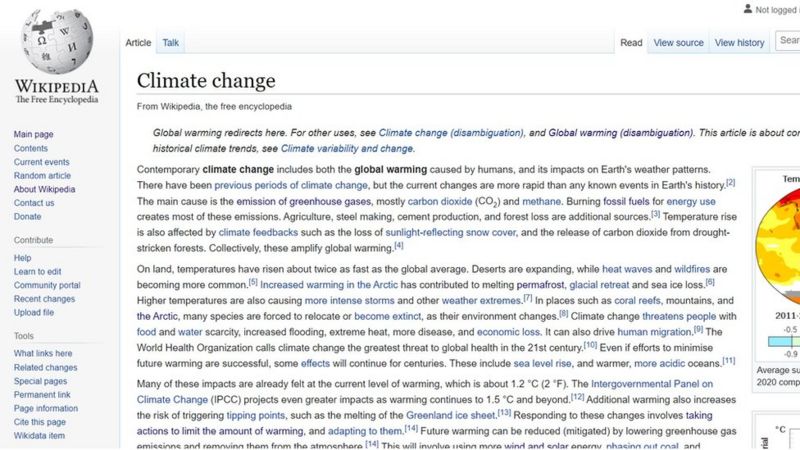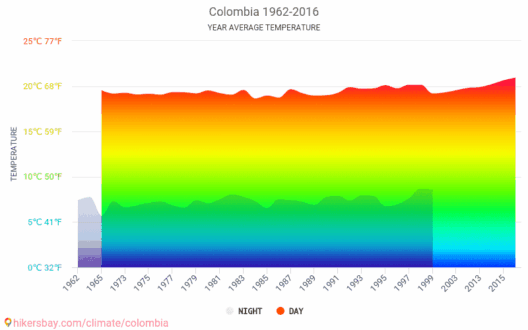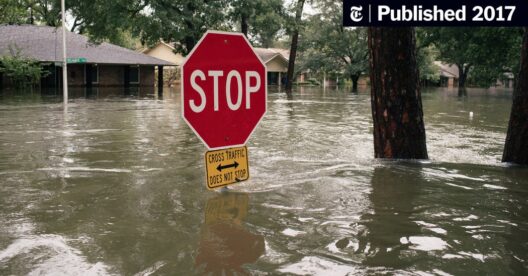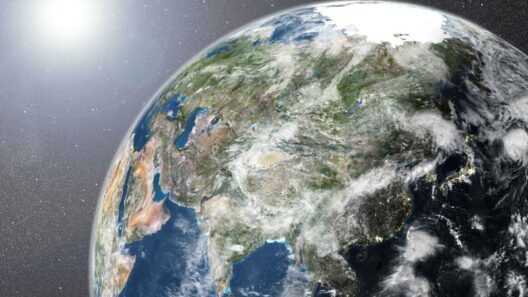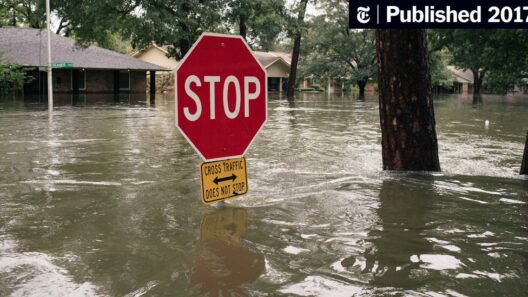In the realm of public consciousness, the specter of climate change looms large, much like a relentless storm cloud gathering over a parched landscape. While the scientific community has soundly established the reality of global warming, a curious discourse emerges surrounding the views of the Central Intelligence Agency (CIA) on this pressing issue. A detour into the declassified documents and opinions from the agency can provide an intriguing perspective on whether the CIA considers global warming merely a hoax or acknowledges its catastrophic implications.
From a metaphorical standpoint, the CIA operates much like a clandestine gardener, cultivating intelligence in the shadows while ensuring the survival of national security. Within the fertile grounds of its archives lie a wealth of analyses and evaluations that extend beyond conventional espionage. The organization, renowned for its thirst for understanding global phenomena, has engaged with climate change as part of its broader mission. It becomes critical to decipher the weeds from the blossoms — the misconceptions from the verifiable truths.
The interests of the CIA in climate change are not trivial. As geopolitical tensions rise and nations grapple with resource scarcity exacerbated by shifting climates, the agency has recognized that environmental changes possess the potential to destabilize nations. This recognition is not born out of mere speculation, but is rooted in insights drawn from a plethora of scientific research. Reports suggest that the CIA has acknowledged climate change as a significant threat multiplier—an exacerbator of existing vulnerabilities that can lead to conflict and crises.
Declassified assessments from the agency point to emerging national security threats linked to climate variability. Droughts, floods, and the resulting humanitarian crises can catalyze mass migrations, which, in turn, may ignite tensions within and between nations. The CIA’s analyses align with the broader scientific consensus that posits climate change is not a hoax, but rather a profound challenge facing humanity. It serves as a reminder that the planet’s thermostatic equilibrium is a delicate apparatus, easily derailed by human activity.
Moreover, the CIA has also been involved in examining how climate change can create breeding grounds for extremist ideologies. The intersection of environmental stress and social unrest forms a volatile concoction — akin to a powder keg waiting for a spark. The agency’s interest in these dynamics showcases its understanding of climate change not merely as an environmental concern but as a pressing national security issue. Thus, the notion of dismissing global warming as a fabrication becomes untenable when viewed through the objective lens of national interests.
However, amid the seriousness of these considerations, there exists a parallel universe of conspiracy theories that paint climate change as a speculative hoax perpetuated by various entities for ulterior motives. Such narratives can be likened to phantoms in the night, distracting and often diverting attention from the tangible realities of global temperature rise and ecological degradation. The CIA, as a repository of intelligence, encounters these narratives—as one might encounter spectral illusions in a hall of mirrors. It becomes imperative to distill fact from fiction, understanding that belief in conspiracy theories may stem from deeper psychological and sociopolitical factors.
Interestingly, the provocations of climate change denialism may emerge as an attempt to reclaim agency in a world rife with polarizing discourse and feelings of helplessness. This persistent insistence on disbelief can sometimes obscure the essential dialogue necessary for enacting change. The CIA’s response to such questionable narratives reflects its strategic imperative — focusing on data-driven analysis rather than falling prey to speculation.
Even so, it is essential to note that, while the CIA acknowledges climate change’s implications, it does not engage in advocacy for climate action in the same manner as international environmental organizations might. Its primary concern is safeguarding national security and assessing potential threats that arise from environmental shifts. Herein lies the intricate dance of intelligence work—navigating the unpredictable terrain where science, politics, and security converge.
The conflict between acknowledging climate change as a legitimate threat and navigating the intricate webs of misinformation and skepticism presents an ongoing challenge. The agency’s role in elucidating the data, while steering clear of subjective agendas, is akin to a compass providing direction amid a tempest. Fostering an understanding of climate dynamics, rather than succumbing to the cacophony of deniers, emerges as vital to fortifying collective resilience.
Deciphering the CIA’s opinion on global warming ultimately serves as a microcosm of a more extensive societal discourse regarding climate change and its significance for future generations. Recognizing the agency’s proactive engagement with the realities of climate stress should urge individuals, governments, and organizations to join forces, combating the malaise of denial and misunderstanding. Connecting the dots between environmental upheaval and its implications for social harmony must become a unified endeavor; only then can humanity face this existential crisis with the resolve it necessitates.
As the storm gathers, the question remains: how effectively can the intelligence community, along with the rest of society, harness the knowledge at their disposal? It is crucial that conversations surrounding climate change move beyond the echo chambers of misinformation, forging pathways toward truth and action. Within this critical narrative emerges the understanding that climate change is far from a hoax; it is an urgent reality demanding our immediate attention and action.



